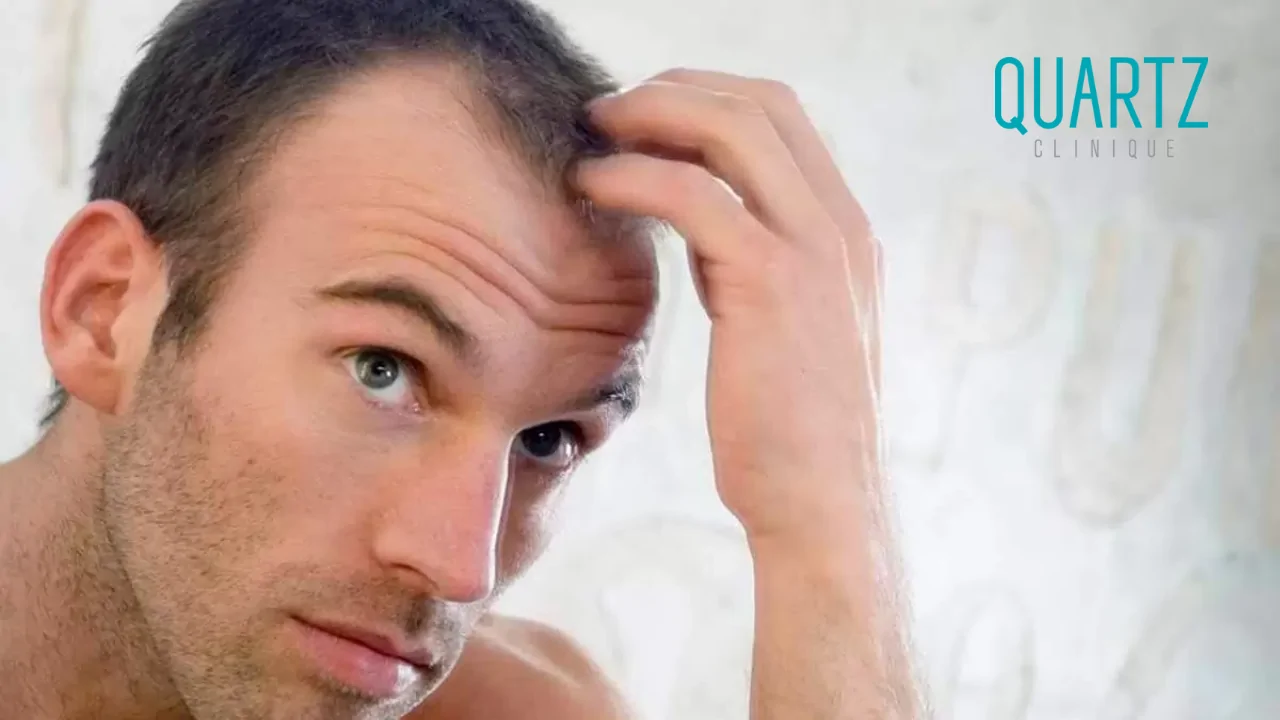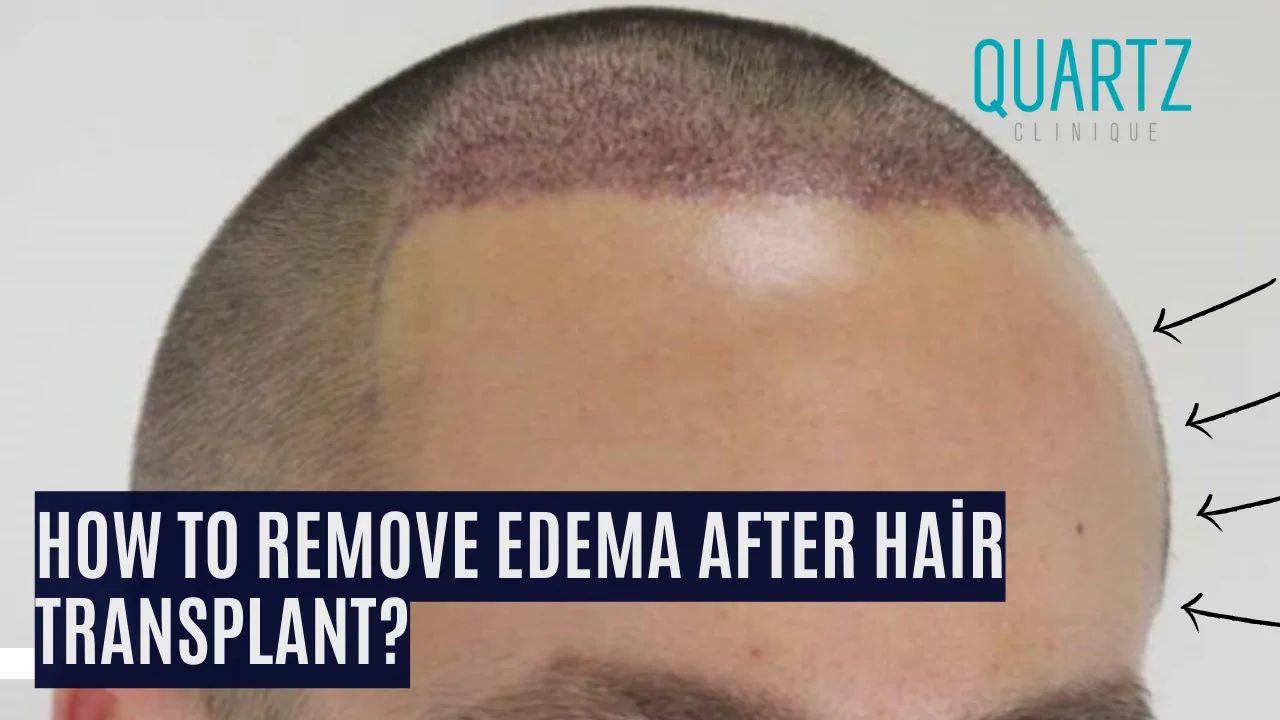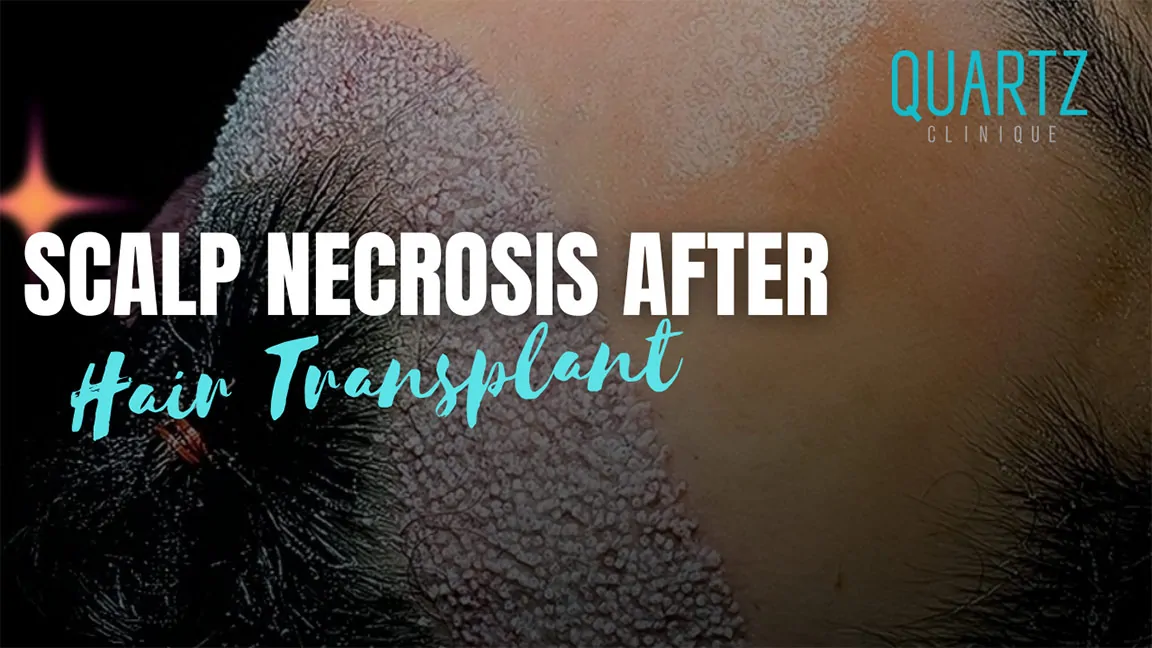
Causes of Hair Transplant Failure
Causes of hair transplant failure are often multifactorial and can be linked to surgical technique, patient health, or improper post-operative care. Understanding these causes is crucial for achieving long-term, natural, and successful hair restoration results.
Whether you are researching your first procedure or trying to understand why a previous transplant didn’t meet expectations, this guide explores every factor that influences success or failure — along with preventive strategies and treatment options.
Understanding the Science Behind Hair Loss
Before discussing transplant failure, it’s essential to understand why hair loss occurs. Hair loss can affect both men and women and is influenced by genetics, hormones, autoimmune responses, and certain medications.
When hair follicles shrink and weaken, they begin producing thinner strands until eventually stopping hair production altogether — leading to baldness. The process may be gradual or rapid, depending on the underlying cause.
Why Does Hair Transplantation Fail?
A failed hair transplant occurs when the transplanted follicles do not grow as expected or when new hair falls out prematurely.
- Common causes include:
- Poor surgical technique
- Inadequate donor supply
- Insufficient blood circulation to grafts
- Uncontrolled medical conditions
| Cause | Description | Impact |
|---|---|---|
| Poor Surgical Technique | Incorrect graft angle, overharvesting, or lack of blood supply to follicles | Low graft survival, scarring, unnatural look |
| Inadequate Donor Hair | Insufficient density or poor-quality grafts from donor area | Sparse coverage, patchy results |
| Underlying Medical Conditions | Uncontrolled thyroid, autoimmune, or hormonal disorders | Weak follicle regeneration, poor healing |
| Improper Aftercare | Failure to follow post-op care instructions or trauma to grafts | Infection, graft loss, delayed healing |
Factors That Affect Hair Transplant Success
Multiple factors determine how successful a hair transplant will be:
- Surgeon’s experience and technique
Skilled surgeons ensure precise graft handling and natural density. - Donor hair quality and quantity
- Strong, DHT-resistant follicles yield higher survival rates.
- Patient health and age
- Younger, healthier patients with early-stage hair loss respond best.
- Extent of baldness
Advanced baldness limits available donor hair and aesthetic density.
Signs of a Failed Hair Transplant
Recognizing early warning signs of failure can help patients seek corrective measures promptly.
Common symptoms include:
- Lack of visible growth after 9–12 months
- Uneven or sparse density
- Visible scarring or unnatural “pluggy” appearance
- Infection or redness persisting beyond normal recovery
If these symptoms appear, consult a qualified hair transplant specialist for evaluation and corrective options.
Can Hair Transplants Fail?
Yes — even with modern techniques like FUE and DHI, failure is possible.
However, choosing an experienced surgeon and following precise post-op protocols can drastically minimize risks.
Proper donor evaluation, medical screening, and realistic patient expectations are critical to prevent disappointment.
How to Prevent Hair Transplant Failure
1. Choose a Skilled Surgeon
Research credentials, patient reviews, and before-after results. The surgeon’s expertise directly impacts survival rate and natural appearance.
2. Follow Post-Operative Instructions
Avoid touching, scratching, or washing the grafts prematurely. Protect the scalp from sunlight and trauma.
3. Address Medical Issues Early
Conditions such as thyroid disorders or autoimmune diseases can affect graft health. Ensure these are under control before surgery.
Treatment Options for a Failed Hair Transplant
If your previous hair transplant didn’t succeed, there are effective solutions available:
- Revision Hair Transplant Surgery:
Performed by an experienced surgeon to correct failed grafts or scars. - Scalp Micropigmentation (SMP):
Creates a shaved-head illusion and enhances visual density. - Medication Therapy:
Drugs like Finasteride and Minoxidil can support regrowth and strengthen surviving follicles.
Common Misconceptions About Hair Transplant Failure
- Myth: Hair transplants always provide permanent results.
Reality: While long-lasting, transplanted hair may still thin due to ongoing genetic or hormonal influences. - Myth: It’s a one-time solution.
Reality: Many patients require multiple sessions to achieve optimal density or coverage. - Myth: Poor results mean the transplant failed entirely.
Reality: Some cases can be improved with medical treatment or minor revisions.
Understanding the underlying causes of hair transplant failure empowers patients to make informed decisions.
Choosing an expert surgeon, maintaining good health, and adhering to aftercare guidelines are key to success.
If your previous transplant did not yield the desired results, Quartz Hair Clinic Istanbul offers advanced revision surgeries, FUE correction, and non-surgical solutions to restore both your hair and confidence.




